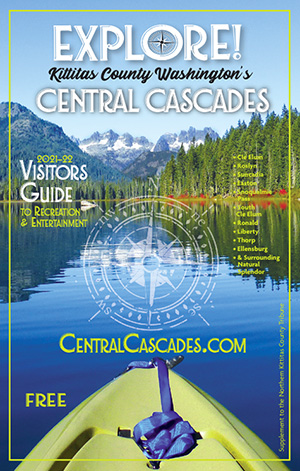OLYMPIA – The Washington State Department of Health provided an update on progress being made toward a COVID-19 vaccine.
Five federal regions (four states and a city) have been chosen to be pilot states in the CDC’s planning. Washington is not one of the pilot states. However, we will develop our plans based on lessons learned from the pilot project. Yesterday we received, from the federal government, the interim playbook. We are now reviewing it, and are on a 30-day clock to return our plans by October 16th.
We want to remind people that when a coronavirus vaccine is approved and released, we will not have enough at first to offer it to everyone. Prioritization will happen at the federal level first. Because there won’t be a lot of vaccine available in the first round, the state will work on further prioritization.
Some possibilities for the first priority groups to receive vaccine are:
- Essential workers
- Health care workers
- Residents and workers at long-term care facilities
All possible vaccine candidates are in various stages of testing in humans to ensure they are both safe and effective. We will watch the FDA approval process closely to make sure it is thorough and transparent. The department is committed to science and the need to critically evaluate these new vaccines for their safety and efficacy in an unbiased way before their use. We will know more once current studies conclude. It’s typical for most vaccine candidates to not make it to the final stages of testing, so likewise, we do not expect 100% of all COVID-19 vaccine candidates to come to market.
Vaccine distribution will adjust over time as the number of available doses increases, moving from limited to broader populations in a phased approach.
We do know that the federal government will cover the cost of the coronavirus vaccine. It is possible that healthcare providers may charge a fee to administer the vaccine, and/or for the cost of an office visit. Health insurance will most likely cover these fees. We will work with other state agencies to understand and address barriers related to health insurance coverage, and to make the vaccine accessible at no-cost to people without health insurance.
Supply kits will include vaccine record cards, alcohol swabs, syringes, limited personal protective equipment (PPE) and similar items needed to administer a vaccine. We will know more about what supplies are needed once vaccines are approved. For example, one vaccine candidate may need to use a freezer with ultra-cold temperatures beyond a typical vaccine freezer’s capability. This vaccine may need to be shipped directly from the manufacturer to the site of vaccination.
The DOH website is your source for a healthy dose of information. Find us on Facebook and follow us on Twitter.
Sign up for the DOH blog, Public Health Connection.



